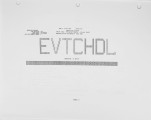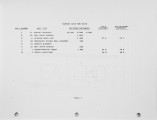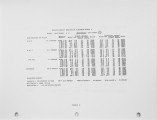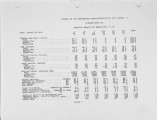| OCR Text |
Show sub-bituminous coal being mined in the west which will not be cleaned and the increasing quantity of lignite in North Dakota and in the South-West which will not be cleaned will keep the percent of all coal mined being "washed" at or below the 34.0 percent level. The total amount of prepared coal produced of 270,000,000 tons yearly will increase substantially. UTILIZATION OF WASHED COAL The utilization of "washed" coal as compared to crushed raw coal can be divided into two categories - one being the physical changes in coal properties affecting storage and handling and the other affects within the combustion chamber and heat transfer surfaces. PREPARATION AFFECT ON PHYSICAL PROPERTIES The cleaning of a particular raw coal is done to remove the high ash particles and to reduce sulfur. This paper will confine it's discussion to preparation for combustion purposes. In the metallurgical field cleaning is done to provide a balance of petrographic property ratios of resinite, vitrinite, exinite, and fusinite, etc. to enable the production of a more "stable" "coke" to improve production of iron in a blast furnace. The engineer who is considering a change from raw coal to clean coal may look at the reduced ash content, higher BTU/pound content, and lower sulfur content and believe all his problems have been solved. Things to be considered when burning prepared coal, that will adversely affect his steam generator are as follows: 1. Coal Size Consist - the size consist of clean coal will most usually be finer with a smaller top size and greatly increased amounts of 28 mesh x 0 coal. This may result in having to bypass an existing crusher (hopefully a bypass was installed at construction) to problems with coal flow in coal chutes, hoppers and bunkers. Readjustment of pulverizer feeder openings will most likely be required. Coal flow problems in chutes, hoppers and bunkers can be solved with the use of Ultra-High-Molecular- Weight-Polyethyline (STEELINER) to provide slipperiness on flowing surfaces. 4 |


















